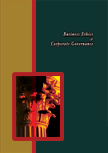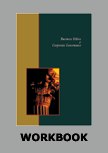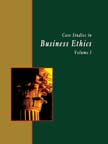The Le Clemenceau Controversy: Business vs. Safety
|
ICMR HOME | Case Studies Collection
For delivery in electronic format: Rs. 200; For delivery through Shipping & Handling Charges extra: Rs. 200 +Shipping & Handling Charges extra
» Business Ethics Case Studies 
Custom Search
Please note: |
||||||||
|
"The Clemenceau became the icon of toxic trade abuse between the developed world and developing countries. With President Chirac's decision, it now becomes a sign of how Governments, when pressurized by public opinion, can take corrective action. This incident should set the precedent not just for ship-breaking, but for all toxic trade." 1 - Martin Besieux, Greenpeace International Toxics Campaigner, in 2006. "This (recall of ship) is very unfortunate for not only ship-breakers and workers but also the ancillary industry, re-rolling mills and foundries which used to thrive on Alang yard." 2 - Mukesh Patel, owner of the Shree Ram Group, in 2006. Le Clemenceau Called BackOn February 15, 2006, the French President, Jacques Chirac (Chirac), ordered Le Clemenceau, the decommissioned warship that was en route to India to be dismantled, to return to France. Chirac's decision was greeted with jubilation by environmental activists, who hailed it as evidence of the effectiveness of their campaign against the asbestos-laden warship being brought to India. It was reported that Turkey (in October 2003) and Greece (in November 2003) had turned down proposals to purchase and scrap the ship due to the huge quantities of asbestos3 and PCBs (polychlorinated biphenyls)4 present in the vessel.
The Le Clemenceau Controversy: Business vs. Safety - Next Page>>

Custom Search
1] "Toxic ship decision praised," http://www.greenconsumerguide.com/index.php?news=2991, February 20, 2006. |
Case Studies Links:-
Case Studies,
Short Case Studies,
Simplified Case Studies.
Other Case Studies:-
Multimedia Case Studies,
Cases in Other Languages.
Business Reports Link:-
Business Reports.
Books:-
Textbooks,
Work Books,
Case Study Volumes.







